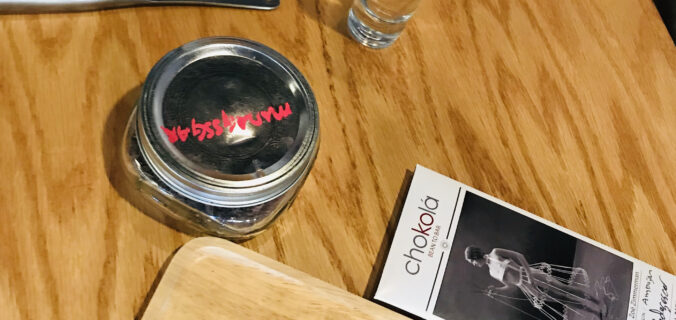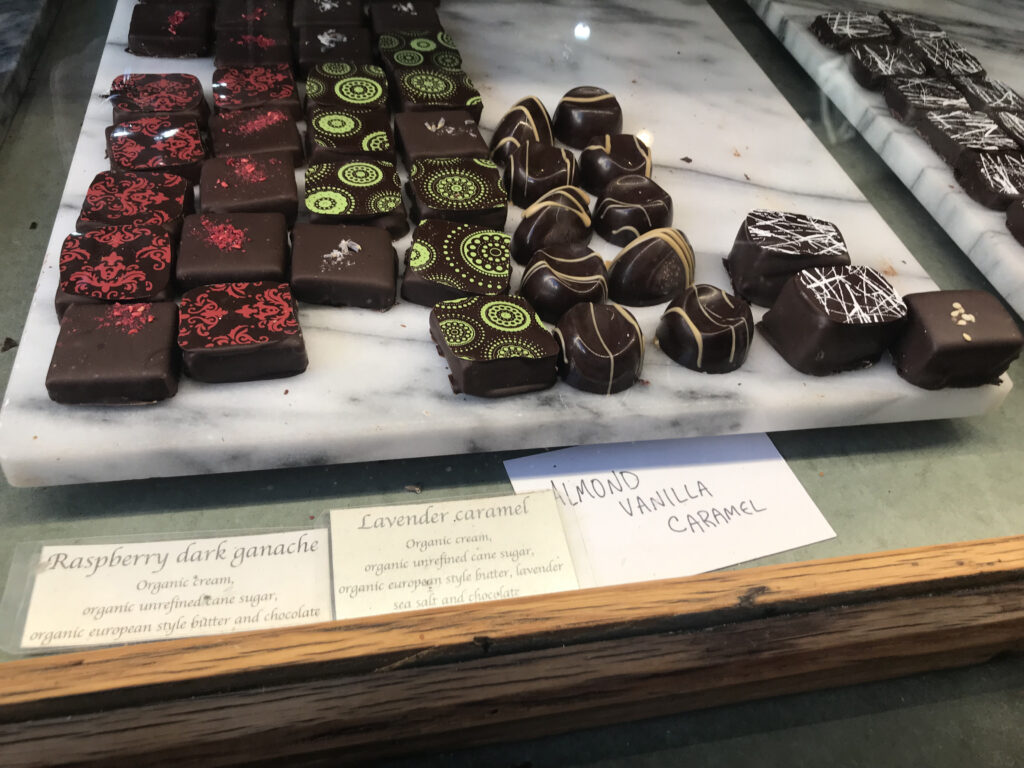
Who knew that as part of the chocolate making process, the chocolate bean ferments just like wine. I thought I knew a lot about chocolate. After all, I have eaten and loved it all my life. I found out I knew little.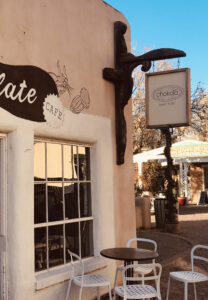
On a trip to Taos, New Mexico, as part of an IFWTWA (International Food Wine & Travel Association) post-conference trip, I was lucky enough to visit the organic bean-to-bar chocolate makers at the small batch shop called Chokola.
Owners Debi Vincent and Javier Abad met in 2003 in Venezuela over their love of chocolate and then their love grew. In 2015, Debi and Javi moved to Taos, New Mexico, became chocolatiers, and opened Chokola.
I was told that whether the beans are roasted in the summer or
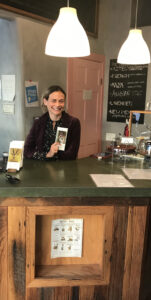
winter makes a difference in the bean and that the flavor of the chocolate bean comes from the terroir much as it does with wine. Buying these beans from all over the world and producing the chocolate in small batches costs four times more than what most mass chocolate producers pay. All of the cacao beans come from the equatorial zones.
The process of making chocolate goes something like this. The cacao pods are harvested from the tree and go through a fermentation process. To create fermentation of the beans, they are usually wrapped in banana leaves and put in a wooden box where they stay for around five days. The white coating around the beans provides the sugar for fermentation. The trapped heat from this enclosure and fermentation brings out the chocolate flavor that we recognize. Without fermentation, the beans would be very bitter.
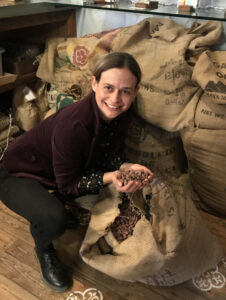
Then sun drying occurs and the cacao bean is shipped to Chokola in Taos. The cacao is carefully sorted by hand, choosing only the best beans. The beans are toasted. Stone grinding follows the toasting. This grinding creates a liquid-like paste. Next, the beans are tempered. Tempering the beans is what gives them their shelf life. Finally, the chocolate is molded and packaged and made available to the consumer.
In the above photo, you can see the nibs which are what is inside once the bean is well fermented, toasted, and the shell is removed. Just a note that many of the mass market chocolate companies may buy beans that have not been appropriately fermented. They mix the beans with a large amount of hydrogenated fat and sugar to help with the flavor.
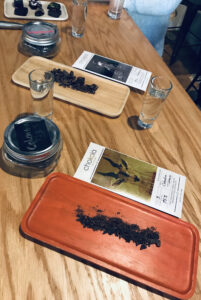
One of the things I found fascinating was the difference in the taste of the chocolate bars based on the country and terroir where they were raised. We sampled chocolate from Madagascar which had a raspberry flavor; Ecuador, a banana flavor; Columbia, a black tea and forest (pine) flavor; and Tanzania, an earthy and berry flavor. It is so interesting that you can taste the nuances.
In addition, we tried some sipping chocolate. You can’t get a much richer taste of chocolate than these sips.
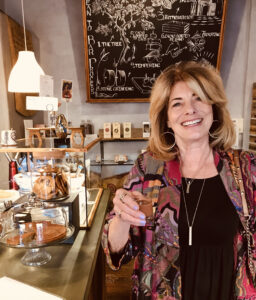
Chokola Bean to Bar offers private tastings online. I urge you to do this if you are in the Taos area. For a very special treat for either yourself or as a gift for a friend, you can purchase from Chokola Bean to Bar online at: http://www.chokolabeantobar.com/
We were hosted at Chokola Bean to Bar, but my amazement of how chocolate is made comes from my heart.
